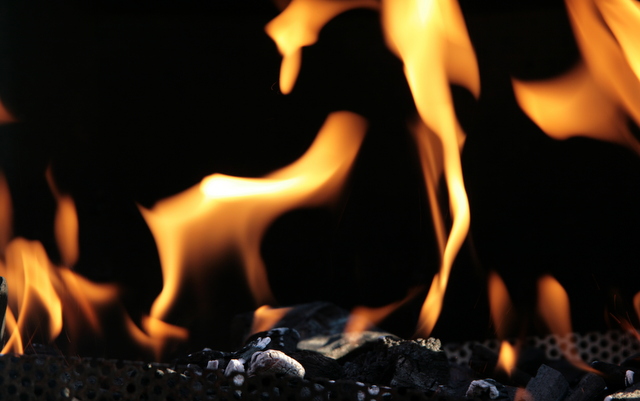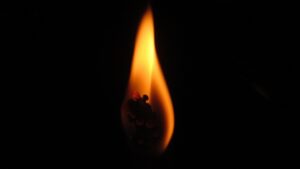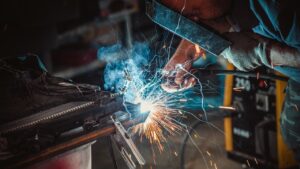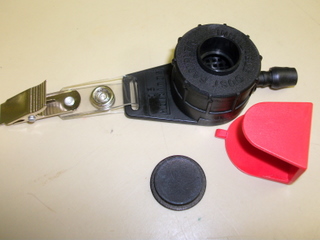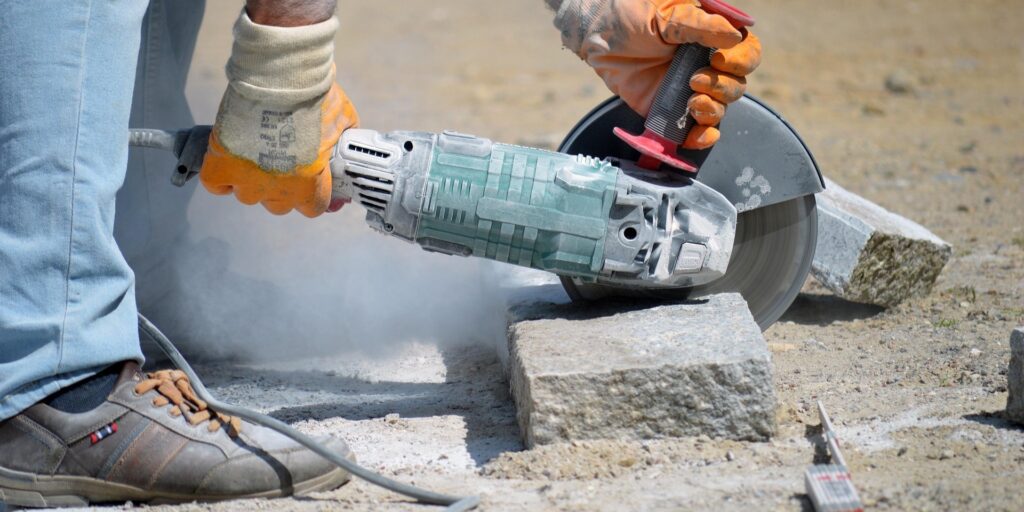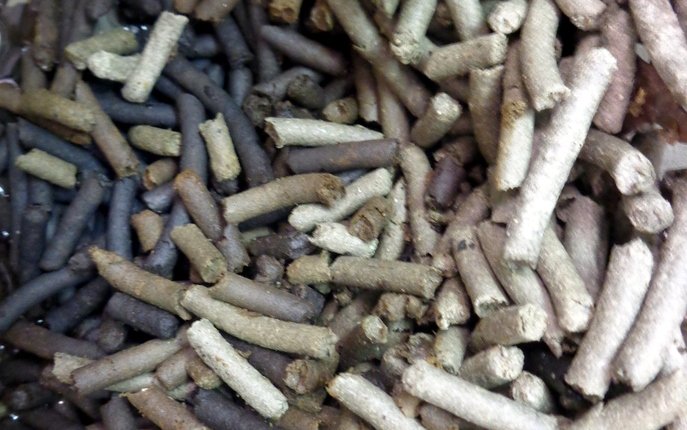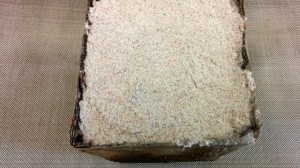 At LCS Laboratory Inc., we offer specialized testing to classify self-heating solids, ensuring compliance with international safety standards and minimizing the risks of spontaneous combustion. Our Self-Heating Classification Test, conducted in accordance with the UN Test Methods Manual (2019), is designed to identify materials that may generate dangerous temperatures and potentially ignite without external heat sources.
At LCS Laboratory Inc., we offer specialized testing to classify self-heating solids, ensuring compliance with international safety standards and minimizing the risks of spontaneous combustion. Our Self-Heating Classification Test, conducted in accordance with the UN Test Methods Manual (2019), is designed to identify materials that may generate dangerous temperatures and potentially ignite without external heat sources.
Understanding Self-Heating in Bulk Materials
Self-heating is a well-documented phenomenon where bulk materials stored in large quantities generate heat due to slow chemical reactions. Without proper heat dissipation, this can escalate to temperatures high enough to cause spontaneous ignition. Common materials at risk include:
- Sawdust
- Grain and agricultural products
- Industrial dust and chemical waste
- Oily rags
- Wood charcoal
The risk often increases when normally stable materials are dispersed into fine dust, chemically altered into porous forms, or subjected to other conditions that enhance their surface area. For example:
- Machine oil, while typically safe, can become self-heating when absorbed by porous cotton rags.
- Wood, in solid form, is stable and can exhibit self-heating properties when shredded into fine dust.
These scenarios are all driven by slow, spontaneous chemical reactions that depend on the balance of fuel, oxygen, and restricted heat loss. Self-heating may take minutes or weeks to progress to ignition, posing a serious hazard for industrial storage and transport.
How the UN Test Method Works
At LCS Laboratory, we employ the gold standard UN Test Method, as described in the UN Test Methods Manual, Revision 7, Section 33, Test 4 (2019). This accelerated testing process provides fast and reliable results for the classification of self-heating solid substances.
- Sample Preparation: The material is tested in its commercial form and placed into a specially designed 1-litre cage.
- Testing Protocol: The sample is exposed to three controlled temperatures: 140°C, 120°C, and 100°C. Each test runs for 24 hours under constant monitoring.
- Data Recording: Temperature readings of the oven and sample are recorded every minute.
- Result Evaluation: A material is classified as self-heating if its temperature rises 60°C or more above the furnace temperature during testing.
This rigorous procedure allows us to evaluate the intensity of self-heating and provide actionable insights for our clients.
Applications and Benefits of Our Testing Services
- Regulatory Compliance: Meet international standards, including UN regulations and USA DOT requirements.
- Enhanced Safety: Identify self-heating risks to prevent spontaneous combustion in storage or transit.
- Custom Solutions: Gain critical data tailored to your product’s specific form and storage conditions.
- Reliable Results: Accelerated testing ensures fast, accurate, and reproducible outcomes.
EPA 1050 C Testing for USA DOT Compliance
For clients needing to comply with USA DOT requirements, we also provide testing based on EPA Method 1050 C, a simplified adaptation of the UN method. This ensures your product meets the necessary safety standards for transport within the United States.
To schedule a test or discuss your project in detail, contact us today . Let our expert team at LCS Laboratory guide you in ensuring the safety and compliance of your materials.

